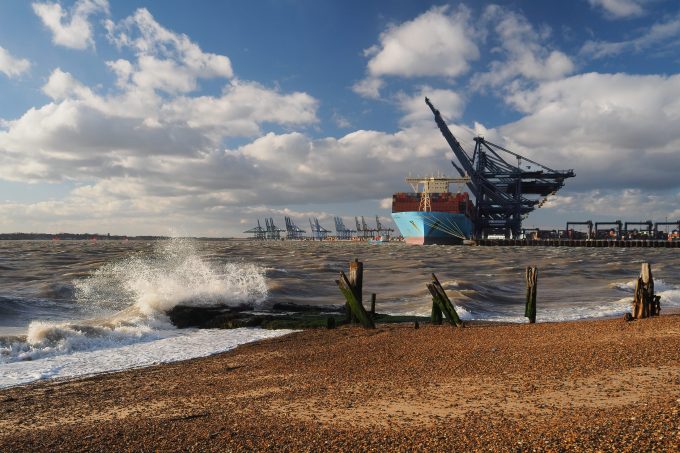MSC switches two more Asia-Europe port calls from congested Antwerp
MSC has decided to switch two more calls out of Antwerp on its Asia-North Europe ...

Berthing and landside delays at the UK’s largest container port, Felixstowe, remain “critical”, prompting 2M partners Maersk and MSC to extend the omission of the AE7/Condor loop until March next year.
Maersk said that until then, Felixstowe import containers would continue to be overlanded at Wilhelmshaven ...

Comment on this article